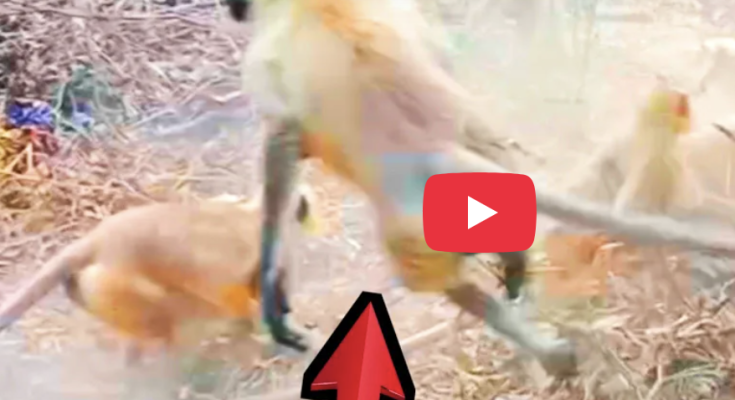Certainly! Here’s a detailed explanation with a new, engaging title:
Original Title:
The Reason For The Fight Between Two Groups Of Monkeys
New Title:
Understanding the Conflict: Why Two Groups of Monkeys Fought
Expanded Version (around 500 words):
In the wild, conflicts between animals are often driven by natural instincts, survival needs, and territorial behavior. One intriguing incident that caught the attention of wildlife observers was a fight between two groups of monkeys. Understanding the reasons behind such conflicts offers insight into their social dynamics and the challenges they face in their environment.
Monkeys are highly social animals, living in groups that are often territorial. These groups defend their territory to secure access to food, water, and safe spaces for raising their young. When two groups of monkeys come into contact, especially in overlapping territories, disputes can quickly escalate into fights. The primary reasons for such conflicts include competition for resources, dominance disputes, and reproductive rights.
In this particular case, the fight between the two groups of monkeys was likely triggered by competition over a scarce food source. During certain seasons, food becomes limited, and the animals are forced to defend their foraging grounds from outsiders. When one group encroaches on the territory of another, the tension ignites into aggression. The monkeys may display threatening gestures, vocalizations, and physical confrontations to establish dominance and deter intruders.
Another common cause of conflicts is the assertion of social hierarchy within and between groups. Dominant males often fight to maintain their status, which grants them access to mates and resources. When two males from different groups challenge each other’s authority, it can lead to violent clashes. These fights serve to reinforce the social order and ensure that the strongest or most dominant individuals lead the group.
Reproductive competition can also play a role in such fights. During mating seasons, males become more territorial and aggressive to attract females and secure reproductive opportunities. This can lead to clashes not only between males of the same group but also with rival males from neighboring groups.
Environmental stressors, such as droughts or habitat destruction, can heighten tensions among monkey groups. When resources are scarce, animals are more likely to compete aggressively to survive. Human activities, like deforestation or urban expansion, can also fragment habitats, forcing groups into closer contact and increasing the likelihood of conflicts.
In summary, the fight between the two groups of monkeys was likely fueled by a combination of competition for limited resources, challenges to social dominance, and reproductive interests. These natural behaviors, while sometimes violent, are essential for maintaining social order and ensuring the survival of their species.
Understanding these reasons helps us appreciate the complex social lives of monkeys and the importance of preserving their habitats. Protecting their environment reduces competition and conflict, promoting healthier and more stable monkey populations. Watching these interactions in the wild reminds us of the delicate balance animals maintain in their quest for survival.
Would you like a shorter summary, or a version tailored for a specific audience?



